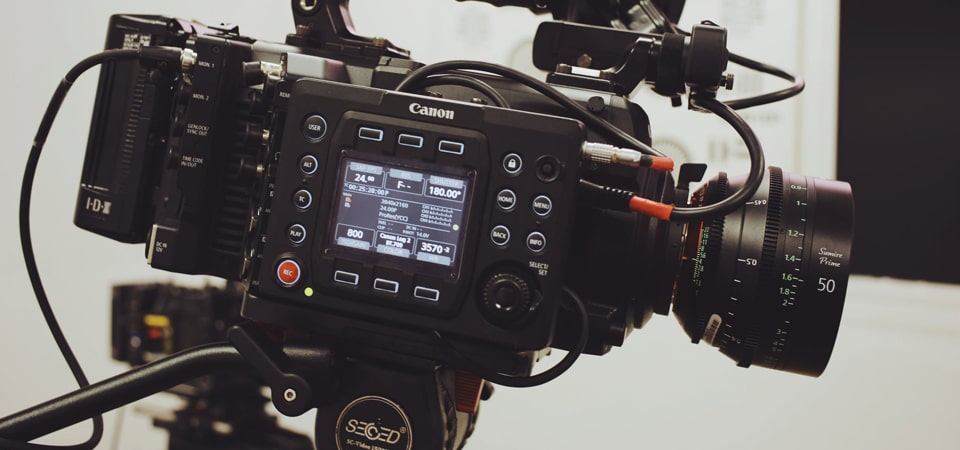Master the Art of Test Presentations: Increase Your Court Room Performance
In the world of legal procedures, the capacity to successfully present a situation in the courtroom can be a defining aspect in the result of a test. Grasping the art of test presentations is a skill that needs a mix of critical reasoning, convincing communication, and a detailed understanding of the subtleties of court room dynamics. From choosing one of the most impactful visuals to involving with the jury in a compelling fashion, every element of a test discussion plays a critical role fit the narrative and influencing the decision-makers. As lawful professionals browse the complex landscape of litigation, honing their court efficiency can be the key to success in supporting for their clients' passions.
Choosing the Right Visuals
Choosing appropriate visuals is essential in properly communicating complex details throughout trial presentations. Aesthetic aids play a considerable function in capturing the focus of the audience, boosting understanding, and strengthening bottom lines (TRIAL PRESENTATIONS DURHAM). When selecting visuals for a trial presentation, it is important to think about the nature of the instance, the target market, and the certain details that requires to be connected

It is crucial to make sure that the visuals chosen are pertinent, precise, and visually enticing. Badly picked or outdated visuals can diminish the message being communicated and threaten the reputation of the presenter. By thoroughly choosing and incorporating visuals into test presentations, attorneys can efficiently interact their disagreements and boost the likelihood of an effective outcome.
Crafting Engaging Opening Up Declarations
Efficiently setting the tone for the case, crafting engaging opening statements is a crucial facet of trial presentations that astounds the jury's attention from the outset. Opening declarations function as the attorney's chance to offer a review of the case, detailing the key realities, legal theories, and evidence that will exist throughout the trial. A well-crafted opening statement not just informs the court regarding the upcoming process however additionally develops reputation and develops connection with the jurors.
To craft an engaging opening statement, attorneys need to concentrate on producing a systematic and clear narrative that reverberates with the jury. By including convincing language and stressing the strengths of their situation, lawyers can engage the court's emotions and reasoning, making a remarkable influence that affects their perception of the case. Furthermore, structuring the opening statement in a sensible sequence helps jurors comply with the attorney's disagreement and retain crucial info throughout the trial.
Using Modern Technology Efficiently
In modern-day court room setups, proficient combination of modern technology is crucial for improving test discussions and efficiently communicating complicated info to the court. By utilizing technology efficiently, lawful professionals can enhance their disagreements, existing evidence in a compelling manner, and engage jurors extra efficiently. One of the key technological devices published here that can considerably affect court room presentations is multimedia presentations. Incorporating aesthetic help such as video clips, animations, and interactive graphics can aid simplify intricate ideas, make disagreements a lot more persuasive, and leave a long-term impression on the court.
Moreover, using presentation software permits the seamless organization of proof, shows, and bottom lines, allowing attorneys to browse through their case effortlessly and clearness. Furthermore, modern technology can facilitate real-time partnership in between legal teams, ensuring that every person gets on the very same web page and presenting a linked front in the courtroom. On the whole, mastering the art of making use of advice innovation in trial presentations is critical for achieving success in contemporary lawful process.
Involving With the Audience
To mesmerize and involve the target market during trial discussions, legal professionals need to grasp the art of attaching with jurors on a individual and convincing level. Involving with the audience calls for even more than just presenting proof and disagreements; it demands producing a connection that reverberates with the jurors. One efficient strategy is to keep eye contact with the jurors throughout the discussion. This not just establishes depend on however additionally maintains the audience mindful and involved.
Furthermore, integrating narration into your discussion can be an effective tool for engaging the target market. By weaving a compelling narrative that humanizes the situation, you can stimulate emotions and make the info extra relatable and unforgettable for the jurors. Additionally, actively including the target market through rhetorical concerns or interactive components can aid maintain their focus and involvement.
Eventually, involving with the target market is not just regarding communicating details yet about forming a connection that influences their understanding and decision-making procedure. By understanding this art, lawful experts can considerably improve their court room efficiency and properly sway the viewpoints of the jurors.
Managing Interrogations

To effectively take care of cross-examinations, attorneys must carefully prepare by assessing witness statements, recognizing potential weak points, and creating probing inquiries to elicit appropriate details. Preserving calmness and staying concentrated are paramount during interrogations, as psychological reactions or diversions can interfere with the attorney's integrity and effectiveness. Furthermore, energetic paying attention skills are important to profit from opportunities to impeach the witness or expose errors in their testament.
Conclusion
To conclude, understanding the art of test discussions involves selecting impactful visuals, creating persuasive opening statements, utilizing technology efficiently, engaging with the audience, and expertly taking care of interrogations. By sharpening these abilities, lawful specialists can improve their court performance and efficiently convey their instance to the discretionary. Ultimately, a well-executed test discussion can dramatically influence the result of a situation.
By very carefully choosing and integrating visuals into trial discussions, lawful experts can efficiently communicate their arguments and raise the chance of an effective result.

To entail the target market and captivate during trial presentations, lawful specialists must master the art of linking with jurors on a individual and influential level.In conclusion, mastering the art of trial presentations includes choosing impactful visuals, producing influential opening declarations, using modern technology successfully, engaging with the target market, and expertly taking care of interrogations.